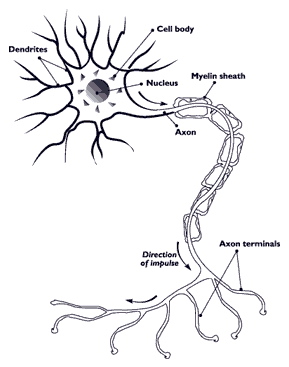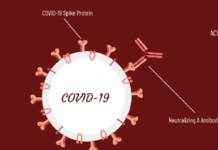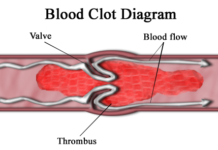By Edward Smith; Farnsely Middle School (Louisville, KY)
Pain, fatigue, vision loss, impaired coordination; these are all symptoms that Jill Flowers, age 40, experiences because she has multiple sclerosis (MS).
“My life has changed dramatically.’ says Flowers. “I’ve been diagnosed since 2012. So I’ve had a diagnosis for four years and I’ve been on treatment for four years, but my everyday day life has changed in terms of the rest. I have to go to bed a quite a bit earlier, because my body requires a lot of rest. I have to rest throughout the day; I have to conserve energy, so I park close to where I work. I have to just be aware of things that take extra energy.”

According to the National MS Society, an organization committed to helping people with MS and raising money to find a cure, an estimated 2.3 million people have MS worldwide.
According to Wikipedia, MS is a myelatingdisease—a disease in which the Myelin sheath of neurons are damaged). MS is an autoimmune disease in which the body attacks itself. In this case the body attacks the sheath of myelin protecting the nerves. Myelin covers the nerves, improving communication speeds between impulses. The loss of myelin causes a disruption in communication between the brain and the nerves, causing common symptoms such as weakness in arms or legs, numbness, loss of balance, and muscle spasms.
MS also affects the optic (vision) nerves-the nerves that carry sight from eyes to the brain. To help understand this, think of a DVD player connected to a TV but the wire is bad. The eyes are represented by the DVD player; the DVD player works perfectly well, but the wire won’t transfer the image to the TV.
According to the Mayo Clinic, women are twice as likely to get MS as men are. MS is seen in ages starting as early as 3 years old, but most commonly in ages 15 through 60. With MS, you’re most likely to have the disease if you’re white and of Northern European descent.
Flowers is a white female. If a parent or sibling has MS, you are at a higher risk to get it. MS is passed down through genetics and by unknown environmental factors. Flower’s grandmother had MS.
According to the University of Maryland Medical Center, there are four types of MS; Relapsing-Remitting, Secondary-Progressive, Primary-Progressive, and Progressive-Relapsing.
Flowers has Relapsing-Remitting MS (RRMS), which is the most common type. Eighty-five percent of MS Patients have this type of the disease. RRMS is a type of MS that alternates between bad moments and moments when it seems like the MS has been cured.
According to The Mayo Clinic, MS currently doesn’t have a cure, but researchers and scientists have developed treatments such as steroids, immunosuppressive drugs, physical therapy, and acupuncture. Flowers takes a Disease Modifying Drug to decrease her RRMSsymptoms. Since there is no cure, raising awareness through walks and fundraisers is important, and to just be more understanding.
Flowers agrees because, “If people have a better understanding they can be a little more accommodating to the person with MS, and allow them the things they need…just be more understanding.”

This work is licensed under a Creative Commons Attribution-NonCommercial-NoDerivs 3.0 Unported License













